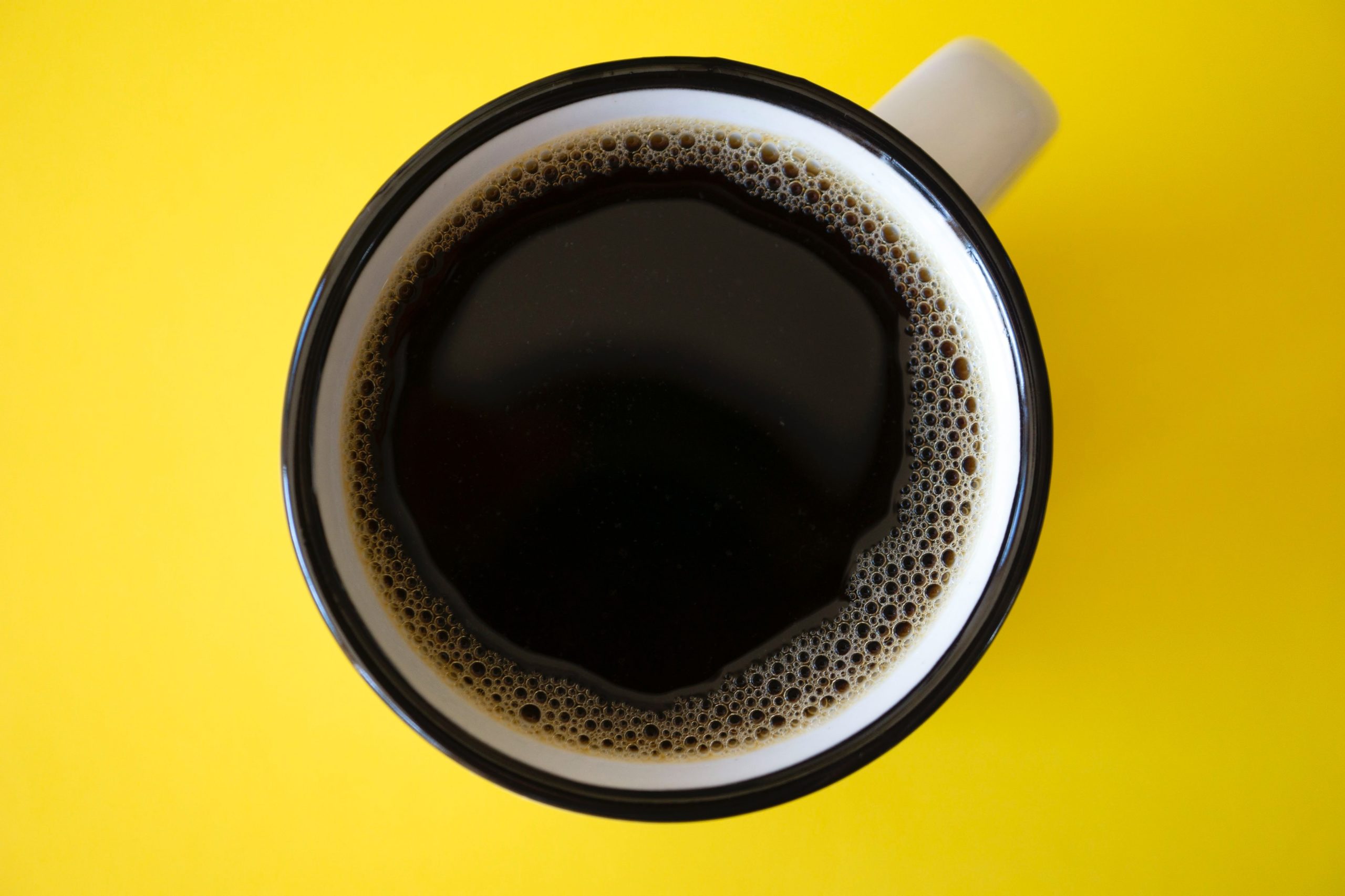Interested in what coffee extraction is? Then you're in the right place.
In this article, we will tell you all about the extraction process.
Let's get started.
What Is Coffee Extraction?

In the context of coffee, this process is the extraction of substances from ground coffee when it is brewed.
Quite simply, extraction is when water takes compounds from ground coffee beans.
Extractable substances are divided into two classes:
- Soluble substances — components that give coffee its taste and aroma
- Insoluble substances — solid particles and oils that give the coffee its density, taste, and aroma
Extraction is the process that transforms water and ground coffee into an aromatic beverage with a unique flavor profile.
It's important to find the optimal extraction for your given coffee and brewing method.
How Does Extraction Work?
Coffee beans contain several hundred different substances that affect the taste of brewed coffee.
It takes time for these substances to dissolve in water.
Some dissolve quickly, while others dissolve slowly.
The different extraction rates of the components is the most important feature of brewing coffee.
From these rates follows a whole list of tricks that will allow you to make a delicious cup of coffee.
We'll talk about the tricks later, but first let's look at coffee components by group—that is, by how quickly they dissolve in water:
First group
Organic acids such as malic and citric acids, as well as volatile aromatic substances, dissolve most rapidly.
How does this affect coffee?
These substances lead to fruit, floral, and berry aromas as well as acidity.
Second group
Caffeine, caramelized sugars, and components formed during the Maillard reaction dissolve a little more slowly.
These components are responsible for caramel, vanilla, bread-like, chocolate, and nutty aromas.
Third group
Chlorogenic acids and some other organic substances dissolve most slowly.
They bring bitterness and aromas of tobacco, coal, ash, malt, etc. to the drink.
Of course, coffee also contains bitter substances that extract quickly, as well as acidic components that extract slowly. But there are fewer of these, and they don't have a very strong effect on taste.
What Affects Extraction?
Let's review what to watch out for to extract coffee well.
Water
Water composition and temperature directly affect the extraction process.
There are three parameters to consider here:
1
Mineralization
If the water has a high mineralization, it will not be able to extract enough soluble substances from the coffee.
The brewed coffee will have a weak and unexpressed taste.
Water with low mineralization, though, will sharpen the taste nuances of the drink.
Therefore, it is best to use water with a low mineral content when making coffee, or pass the water through a filter.
2
Alkalinity
Water with a high alkalinity index neutralizes acids in coffee and makes the drink dull, without pronounced acidity. It can also give coffee a chalky aftertaste.
Water with a low alkalinity leads to an unbalanced drink with too pronounced an acidity.
3
Water temperature
The optimum water temperature for extraction is 185–208°F (85–95°C).
Coffee shouldn't be brewed with boiling water as the high temperature will ruin the flavor profile of the drink.
Water temperature is a great field for experimentation because different temperatures give different concentrations of soluble substances in the finished drink.
In most cases, extraction at higher temperatures produces a more concentrated beverage, increasing your perception of acidity and bitterness.
Lowering the temperature slightly allows for a softer drink.
There's so much to know about how water affects the taste of coffee.
To find out more, read our Water for Coffee guide.
Grinding
The contact area between the coffee grounds and water particles changes based on the grind size you use.
The finer the grind, the larger this area.
And the more uniform the grind size, the higher the quality of the brewed coffee.
Large variation in the size of coffee grounds results in uneven extraction because one part will be under-extracted and the other part over-extracted.
This leads to a poor-quality beverage, which is reflected in the taste.
If you use too fine a grind, the coffee will over-extract and become bitter.
If you use too coarse a grind, the coffee will under-extract and become weak and watery.
Time
The finer the grind, the shorter the extraction time.
Extracting for too long when using a fine grind will produce a very concentrated, bitter coffee.
Longer extraction times are required when using a coarse grind.
By experimenting with grind size and water flow rate, you can brew drinks with completely different flavors.
Types of Improper Extraction
If you change the above parameters in the wrong way, your coffee can extract incorrectly.
Under-extracted coffee
Insufficient extraction occurs when not enough substances have been extracted from the ground coffee.
The coffee will be quite acidic, with no sweetness, and may even be salty with a faint aftertaste.
Four characteristics are the most obvious indicators of insufficient coffee extraction.
Let's consider them in more detail.
Acidity
Acidity is a main basis for the taste of coffee. Acidity's shades, rather than its strength, are most important for taste.
Because acids are extracted more quickly than sugars, under-extracted coffee will be overly acidic.
Lack of sweetness
Another important component of coffee's taste is sweetness.
Under-extracted coffee lacks this component.
It almost always tastes empty and will leave you with an unsatisfactory "I want more" feeling.
Salty taste
Not everyone agrees, but under-extracted coffee sometimes tastes salty.
Acids and salts dissolve faster than sugars.
This is why under-extracted coffee is both overly acidic and salty.
Short aftertaste
Well-prepared coffee has a long, pleasant aftertaste.
Under-extracted coffee does not have this.
Over-extracted coffee
Over-extraction occurs when too many flavors and aromas are extracted from the ground coffee.
Here are the key characteristics of over-extracted coffee:
Bitterness
Over-extracted coffee is too bitter.
Much of this bitterness comes from caffeine, though other factors also contribute to bitterness.
For example, dark-roasted coffee will have a more pronounced bitterness even though it has the same amount of caffeine as lighter-roasted coffee.
Astringent taste
Over-extracted coffee is felt very strongly by our taste receptors.
The sensation is similar to what you feel when drinking strong unsweetened black tea.
Empty taste
Well-brewed coffee has an abundance of flavor.
Over-extracted coffee, on the other hand, has an empty taste.
Conclusion
Did you know that coffee extraction can be measured scientifically?
To do so, measure the strength of the brewed coffee using a special device, the weight of the ground coffee, and the weight of the finished drink.
The recommended coffee extraction rate is between 18% and 22%.
Well-extracted coffee is rich and balanced, and its flavor bouquet is revealed to the maximum extent.
And if you're not ready to turn your kitchen into a laboratory, the solution is very simple: brew and taste coffee using a variety of parameters. Don't be afraid to experiment until you find the perfect extraction!
